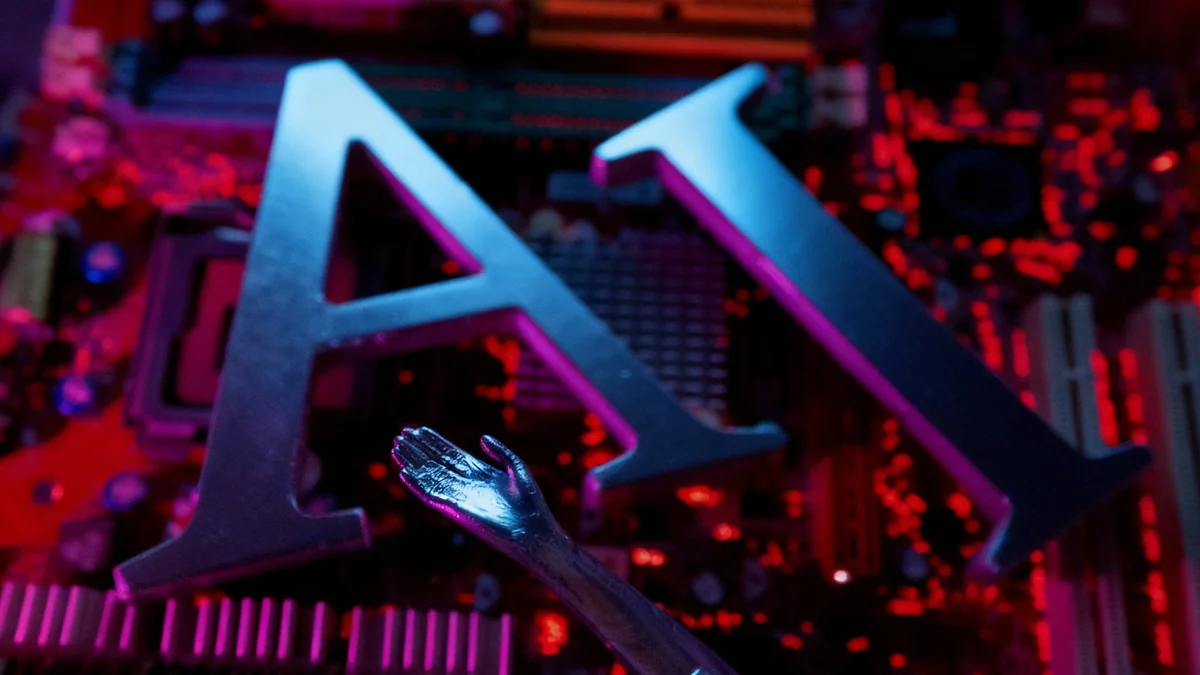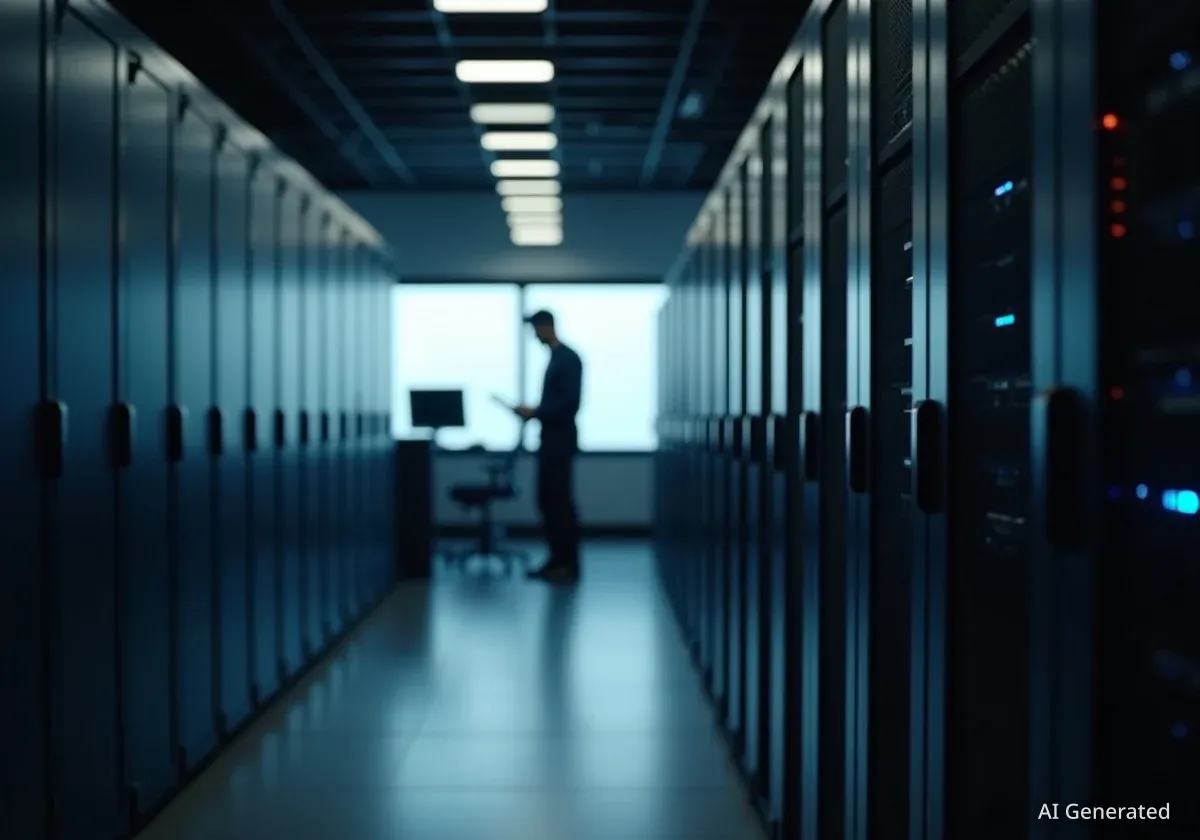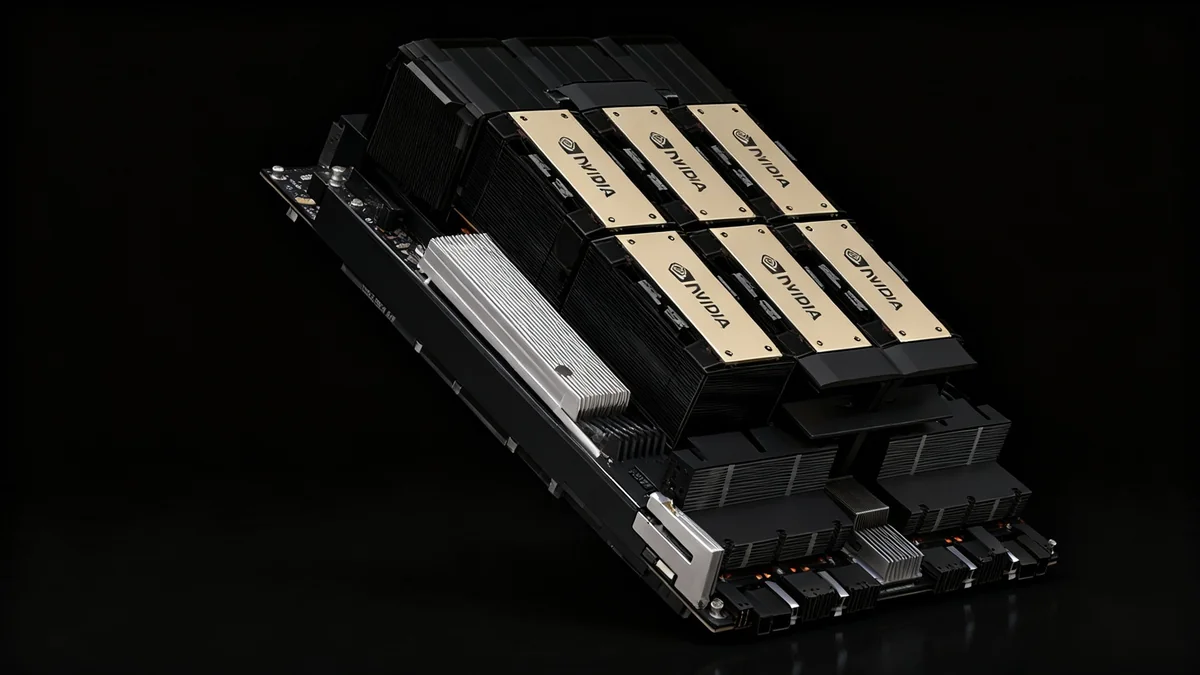The global technology industry's intense focus on developing advanced artificial intelligence has triggered an unexpected consequence: a growing shortage and sharp price increase for the conventional memory chips that power everything from smartphones to personal computers. As major manufacturers pivot production to meet the demand for specialized AI hardware, the supply of standard chips is dwindling, creating a ripple effect across the entire electronics market.
Industry executives report that some companies are now engaging in panic buying to secure their supply of these essential components. This surge in demand is driving prices to new heights and providing a significant financial boost to memory chip producers, some of whom had been struggling in a competitive market.
Key Takeaways
- The massive shift to producing high-bandwidth memory (HBM) for AI is reducing the manufacturing capacity for standard memory chips like DRAM.
- Spot prices for some standard memory chips have nearly tripled over the past year due to tightening supply.
- Companies are reportedly double and triple ordering to secure inventory, exacerbating the shortage.
- Consumer electronics brands may be forced to pass these higher costs on to customers, potentially increasing prices for phones, laptops, and PCs.
The Production Pivot Driving the Shortage
The current market disruption began when chip manufacturers like Samsung and SK Hynix, which collectively dominate about 70% of the global DRAM market, started reallocating their resources. They shifted focus from producing conventional memory to manufacturing high-bandwidth memory (HBM), a critical component for the powerful processors used in AI data centers, such as those made by Nvidia.
This strategic move was a direct response to the explosive growth in generative AI, which began after the launch of services like ChatGPT. Major technology firms are investing heavily to build out their AI capabilities.
A Surge in AI Investment
According to estimates from Morgan Stanley, leading tech companies including Alphabet, Amazon, Meta, and Microsoft are projected to spend a combined $400 billion on AI infrastructure this year alone. This massive capital injection is fueling the demand for specialized HBM chips.
This shift has coincided with a natural replacement cycle for servers in traditional data centers and stronger-than-expected sales in the smartphone market. The combination of reduced supply and steady demand for conventional chips has created a perfect storm for a market squeeze.
Scrambling for Supply and Soaring Prices
The impact on the supply chain has been both rapid and severe. Tobey Gonnerman, president of semiconductor distributor Fusion Worldwide, noted the abruptness of the change. "Within the last month or two, there's been a huge demand surge," he said. "It does seem like things have happened in a fast and furious way."
"There is definitely scrambling going on and more soon. And there is double/triple ordering going on, like we’ve seen in many past shortages."
This frantic procurement activity is directly reflected in market data. According to figures from TechInsights, spot prices for DRAM nearly tripled in September compared to the previous year. This price inflation is a stark contrast to the modest 4% year-over-year growth seen just a few months earlier in April.
Inventory levels also tell a story of tightening supply. In early 2023, the industry had an average of 31 weeks of DRAM inventory. A year ago, that figure was 10 weeks. In the current quarter, it has fallen to just eight weeks, indicating a rapidly shrinking buffer against supply disruptions.
Impact on Businesses and Consumers
For chipmakers, this market dynamic has been highly beneficial. The share prices of industry leaders have seen remarkable growth this year. SK Hynix's stock has soared by 170%, Micron's by 140%, and Samsung's has increased by more than 80%.
However, for companies that build and sell electronic devices, the situation presents a significant challenge. These businesses are now facing increased costs for essential components, which puts pressure on their profit margins.
The Consumer Cost
Some companies are already signaling that consumers will ultimately bear the brunt of these rising costs. British personal computer maker Raspberry Pi recently announced price increases for its products, directly citing the memory chip shortage. CEO Eben Upton stated that their memory costs are now roughly 120% higher than they were a year ago. "We’ve now reached the point where we have to pass some of this cost on," he explained.
This trend could soon be seen across the broader consumer electronics landscape, potentially affecting the prices of new laptops, smartphones, and other connected devices.
A Super Cycle or a Classic Shortage?
The rapid price increases and supply constraints have led some analysts to declare the start of a "super cycle" for the memory chip industry. Jeff Kim, head of research at KB Securities, projects that if current trends continue, the profitability of non-HBM memory chips could actually surpass that of the more advanced HBM chips next year.
However, not everyone agrees with this assessment. Dan Hutcheson, vice chair of the research firm TechInsights, suggested the term "super cycle" might be an exaggeration. He characterized the current situation as a classic industry shortage, which typically lasts for one to two years.
TechInsights is forecasting a potential downturn for the chip industry in 2027, suggesting the current boom may not be sustainable in the long term. For now, the global focus on AI continues to reshape the entire semiconductor landscape, creating both immense opportunities for chipmakers and significant challenges for the rest of the tech world.





